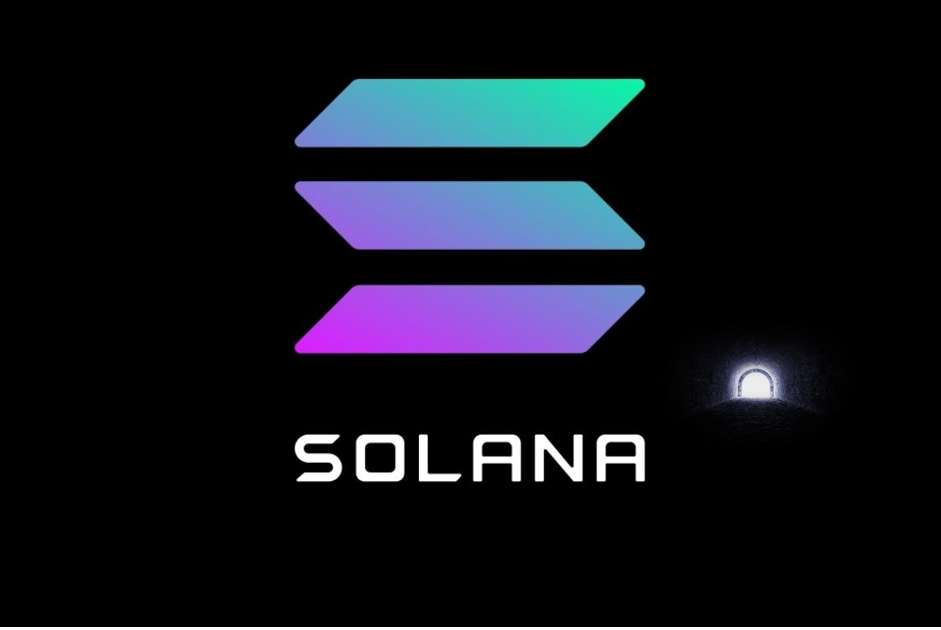
This May, Solana registered almost 60,000 daily transactions of non-fungible tokens (NFTs), double the previous month’s value.
Looking at blockchain activity as a whole, a report on June 18th by crypto analytics platform Artemis found that Solana recorded over 24.7 million daily transactions, dwarfing the numbers on other major blockchain networks such as Ethereum, Binance, and Polygon.
Solana activity is showing remarkable resilience, despite its native token SOL being deemed an unregistered security in a lawsuit against Binance and Coinbase by the U.S. Securities and Exchange Commitment (SEC) and subsequent delisting from Robinhood, eToro and Bakkt exchanges. Activity on the blockchain has remained high, partly due to the contribution of NFT transactions.
NFT activity on the platform went up by 36% on a seven-day moving average, with the number of buyers increasing by 125% and sellers by 81%. This is in stark contrast with Ethereum NFT transactions, which went from a daily average of 100,000 in April to only around 20,000 last month, and Polygon, where NFT daily transactions have been declining since reaching a 70,000 peak in February.
New NFT collections on Solana
Solana has been a popular home for NFTs since the launch of its first NFT project, Kreechures, in 2021. However, activity decreased after the FTX collapse, which saw SOL price fall by 65% and the Solana DeFi ecosystem to crumble from $10 billion in November 2021 to just $1 billion the year after.
Several investors and artists left the ecosystem, weakening it further. Most notably, DeLabs announced it would move DeGods (at the time the most valuable NFT project on Solana) to Ethereum and Y00ts to Polygon. Loyalists to the blockchain created by Anatoly Yakovenko remained, but many others migrated their assets to where their favorite collections were.
Solana was down but not out. As one of the fastest blockchains on which to host decentralized applications, its appeal drew in new projects that are now being released to great investor demand.
MadLabs, a collection created by CEO and co-founder of Coral, Armani Ferrante, lead the NFT transaction activity in May, generating a $327.5K trade volume. Investor curiosity also spread to other collections such as ABC, AssetDash, and Transdimensional Fox Federation (TFFs).
Ferrante accepts that Solana went through a rough time, “I think that DeGods and y00ts kind of sucked the life out of the NFT space,” yet he believes that it has fully recovered, saying, “It’s honestly more exciting than ever.”
Solana Saga and Hellium Integration
NFTs collections aren’t the only new thing on Solana. Last month the platform finally released its Solana Saga, the first Web3-focused Android smartphone, which Yakovenko had first announced in June 2022.
The phone is one of the first hardware products specific to Web3 available to the general public, and it aims to curb Web2 giants’ restrictions on decentralized platforms and products while offering ecosystem-related functionalities such as a built-in crypto wallet and payment system.
Also new to Solana are Helium hotspot providers. Helium is a project aiming to create a worldwide, decentralized wireless infrastructure. Since launching in 2013, its hotspots network has grown substantially and now covers entire cities such as Lisbon, London, Amsterdam, Los Angeles, and New York. The continuous expansion of the wireless network proved too challenging to continue using its own Layer-1 blockchain, which led to the decision to migrate to Solana in April, where it can scale better.
What to expect next?
Following the regulatory action taken by the SEC against Binance and Coinbase earlier this month, Solana’s price fell by more than 20%. It has since recovered, and it is currently outperforming the other coins attacked in the SEC lawsuits. However, the token has yet to prove itself against the backdrop of the lengthy legal process that looms on the horizon.
Besides high-quality NFT collections, hardware launches and new integrations, the blockchain has also been planning an upgrade aimed at overcoming its chronic downtime issues, which would potentially make it a strong contender to attract a sizable part of the DeFi growth that is expected to happen in the coming years.
Although the future is uncertain, Solana appears to be powering through its issues, proving it has what it takes to face the challenges to come.

